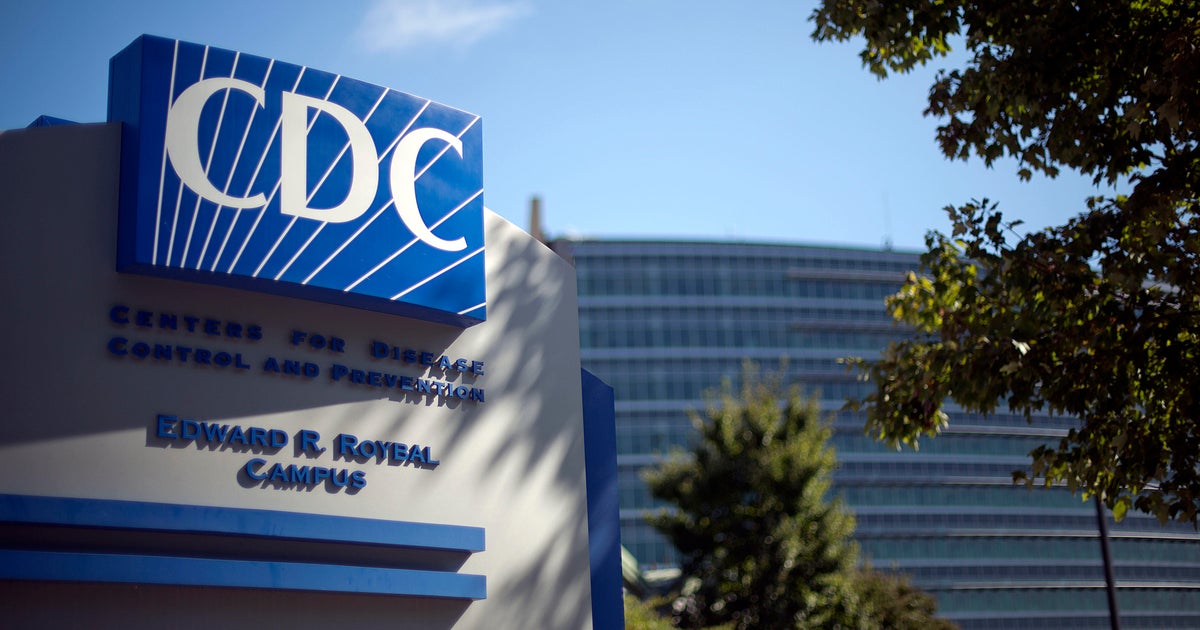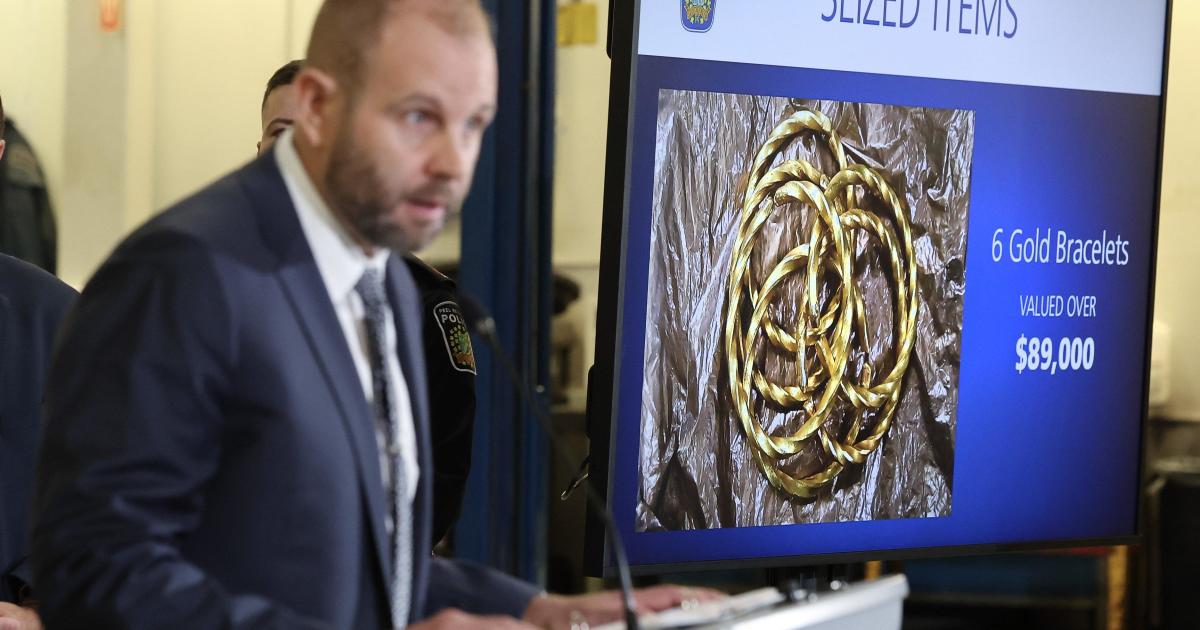Transcript: Dr. Deborah Birx discusses coronavirus on "Face the Nation," April 19, 2020
The following is a transcript of an interview with Dr. Deborah Birx that aired Sunday, April 19, 2020, on "Face the Nation."
MARGARET BRENNAN: We turn now to Dr. Deborah Birx, the White House coronavirus response coordinator. Dr. Birx, good morning to you and thank you for making time for us.
DR. DEBORAH BIRX: Good morning.
MARGARET BRENNAN: Here in the U.S., what is the next area that you are concerned about?
DR. BIRX: We watch every single metro county in a very granular, granular way because you have to look at it that way. We're a series of small epidemics across the United States. We're still very much focused on Boston and across Massachusetts where the epidemics continue to spread across Massachusetts as well as in Boston. And we're watching very closely Chicago. And then we watch every single outbreak that occurs in- in different states around the- around the United States, including the most recent one in Ohio.
MARGARET BRENNAN: Here in Washington, there are projections that the virus couldn't peak until June. Obviously, this- this is the heart of the nation's government. So what is your projection for what the impact here will be?
DR. BIRX: You know, it's very interesting, as I- I described, we're a series of independent curves. So obviously, we all know that the New York metro area had- had the most cases and the most explosive experience with the virus. And then we looked to Seattle that has been containing the virus and contact-tracing and really finding a series of small outbreaks. Having that first nursing home outbreak really helped them really put in public health measures that- that's kept their curve very low. And so when the curves are low, it's much more difficult to predict when the curves are going to fully decline. And so we're learning a lot about- it's easier actually in explosive epidemics. When you look at New Orleans, who went up very high and quickly back down, and we're trying to learn from each of the areas in the country so we can do the prediction that you're asking for.
MARGARET BRENNAN: All right. We'll watch for that. But policy-wise, doctor, why isn't there a national strategy for both testing and tracing? Why not provide those guidelines to governors?
DR. BIRX: So we did do that through the new guidelines. So- and it clearly shows that there are three ways we want to monitor this virus community by community. The first way is really understanding E.R. visit and the symptoms associated with COVID-19. And we're tracking and tracing those every day all across the country. The second way is really understanding influenza like illness and converting that entire surveillance program and monitoring program to COVID-like illness, which we can throughout the summer months because we don't have flu. And the third critical leg with those other two legs is testing. But testing needs to be focused critically where you start to see early evidence because no test is 100 percent specific and 100 percent sensitive. And so if you test and over test in areas where there isn't virus,--
MARGARET BRENNAN: Right.
DR. BIRX: --you can end up with false positives and false negatives.
MARGARET BRENNAN: But- but I'm sure you know that governors, including the governor of New York, have said that they need more guidance from the federal government and sourcing for completing those tests. The vice president said today there's about 150,000 tests being conducted right now in the United States. Harvard projects you need 500 to 700 thousand a day to reopen by mid May. How- how long before we get there?
DR. BIRX: So I think because you're making national numbers with epidemics that are smaller, each of these epidemics will have a different testing need. And that's what we're calculating now. The numbers originally said that we only needed 700 excuse me, 750 thousand tests a week. We've long since passed that the new number coming from Harvard is the half a million a day. What we're trying to do is look at this in a very data driven, granular scientific methodologies to protect community by community the testing that is needed. At the same time, working with every laboratory director across the country that have these multiple platforms to really understand and find solutions for them on their issues related to supplies.
MARGARET BRENNAN: Two weeks ago, you said Americans still shouldn't go to the pharmacy or grocery store. You said just the other day we shouldn't have dinner parties still. What is the moment that we are in what is safe?
DR. BIRX: So, again, this has to be looked at as a community by community. And I am trying to really drive Americans to a website that I think is really quite extraordinary. If you go to the Florida public health website on COVID, they've been able to show their communities cases and tests district by district, county by county, zip code by zip code- zip code. That's the kind of knowledge and power we need to put into the hands of American people so that they can see where the virus is, where the cases are and make decisions. One thing I've been so impressed with, if you give Americans knowledge, they will translate that into protective actions that protect themselves and their community. And so we have to really get them information in a much more granular way than a national way or even a state way. It needs to be down to the communities so the communities can see what happens in their communities and make decisions with the local and health officials and the state officials, what can be opened and what needs to remain closed.
MARGARET BRENNAN: Doctor, scientifically speaking, could this outbreak just be the result of a lab accident?
DR. BIRX: You know, anytime we have a new virus, it's important to figure out its origins. And I think we're still a long way from figuring it out. It took us decades to figure out HIV and Ebola. It's going to take us a while to really map and trace this- this particular virus, map it through its experience in humans and get the scientific evidence of where this virus originated. We know it originated in China. We just don't know specifically how and where.
MARGARET BRENNAN: So you're- it sounds like you're saying it could have been.
DR. BIRX: I don't have an evidence that it was a laboratory accident. I also don't know precisely where it originated. So until we have the concrete evidence which we struggled with with other pandemics and other zoonotic events. These are zoonotic events. They come from animals into humans. And so figuring that out will be really critical as well as figuring out could it have happened in the lab. Right now, the general consensus is animal to human.
MARGARET BRENNAN: Does the fact that South Korea is starting to see a bit of a resurgence mean that that could happen here in the U.S., that if you get this virus, you are not immune?
DR. BIRX: You know, that's a different question. And we're- that's why these studies that are going on with plasma and giving plasma to sick patients to really see if that antibody confers protective immunity and help to the individual who is sick, as well as really doing studies with vaccines and looking, seeing whether the antibodies that are produced are effective. These are questions that we still have scientifically. I will tell you, in most infectious diseases, except for HIV, we know that when you get sick and you recover and you develop antibodies, that that antibody is often confers immunity. We just don't know if it's immunity for a month, immunity for six months, immunity for six years.
MARGARET BRENNAN: Dr. Birx, thank you for your time.
DR. BIRX: Thank you.
MARGARET BRENNAN: We'll be right back with Massachusetts Governor Charlie Baker. Stay with us.



